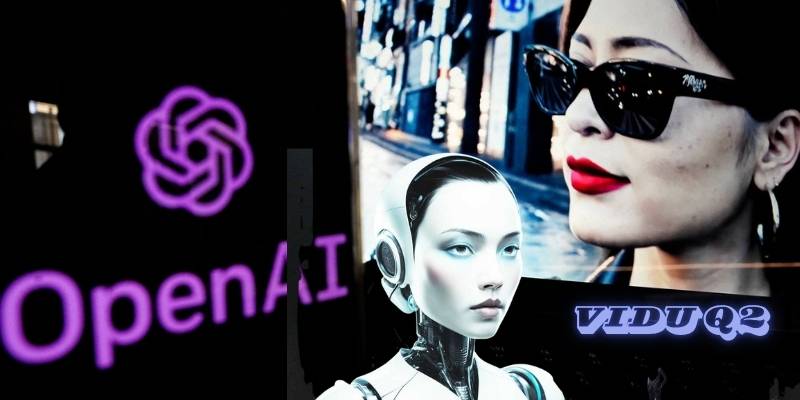
China’s ShengShu Unveils Vidu Q2 — The Bold New Contender Taking Aim at OpenAI’s Sora
The generative video race just got a little louder. Chinese AI start-up ShengShu Technology has unveiled its newest creation, Vidu Q2, a model designed to take on OpenAI’s cinematic juggernaut Sora.
The platform can generate full-motion clips from text prompts and up to seven reference images, giving creators the ability to blend faces, objects, and scenes into one continuous narrative.
The model’s debut, announced through an exclusive report, signals China’s determination to push deep into generative video territory.
Unlike most AI video tools that still struggle with consistency, Vidu Q2 claims to maintain character fidelity across frames—so the face you start with doesn’t morph halfway through the video.
The company says it’s achieved this through multi-entity tracking and enhanced temporal coherence, improvements that place it in direct competition with heavyweights like Google DeepMind’s Veo 3.1 and OpenAI’s Sora.
Analysts have pointed out that this level of realism could bring China’s AI ecosystem closer to parity with the West, a point expanded in a detailed coverage following the announcement.
What’s really fascinating is how Vidu Q2 represents a cultural and creative shift.
AI-driven video isn’t just a technical flex anymore—it’s becoming a storytelling medium.
Imagine filmmakers or educators being able to create entire scenes without expensive cameras or crews.
A growing community of independent creators is already experimenting with similar systems, as seen in early beta showcases that highlight how actors and directors are using these tools to reimagine narrative workflows, explored in a recent feature.
Still, there’s no ignoring the unease that comes with such realism. Experts warn that as video generation gets more seamless, the risk of deepfake misuse grows exponentially.
This is part of a broader global tension over where to draw the line between creativity and manipulation.
A separate analysis notes that the Chinese tech landscape—less constrained by Western-style regulation—has enabled faster iteration, but also heightened the urgency for ethical oversight.
Personally, I’m torn between admiration and anxiety. On one hand, this kind of progress could democratize creativity—making professional-grade filmmaking possible from a laptop.
On the other, it blurs the line between reality and fabrication faster than society can adapt.
The way I see it, Vidu Q2 isn’t just another flashy AI model—it’s a warning shot that the age of synthetic cinema has officially begun.
Whether that’s thrilling or terrifying depends on who’s holding the prompt.




















